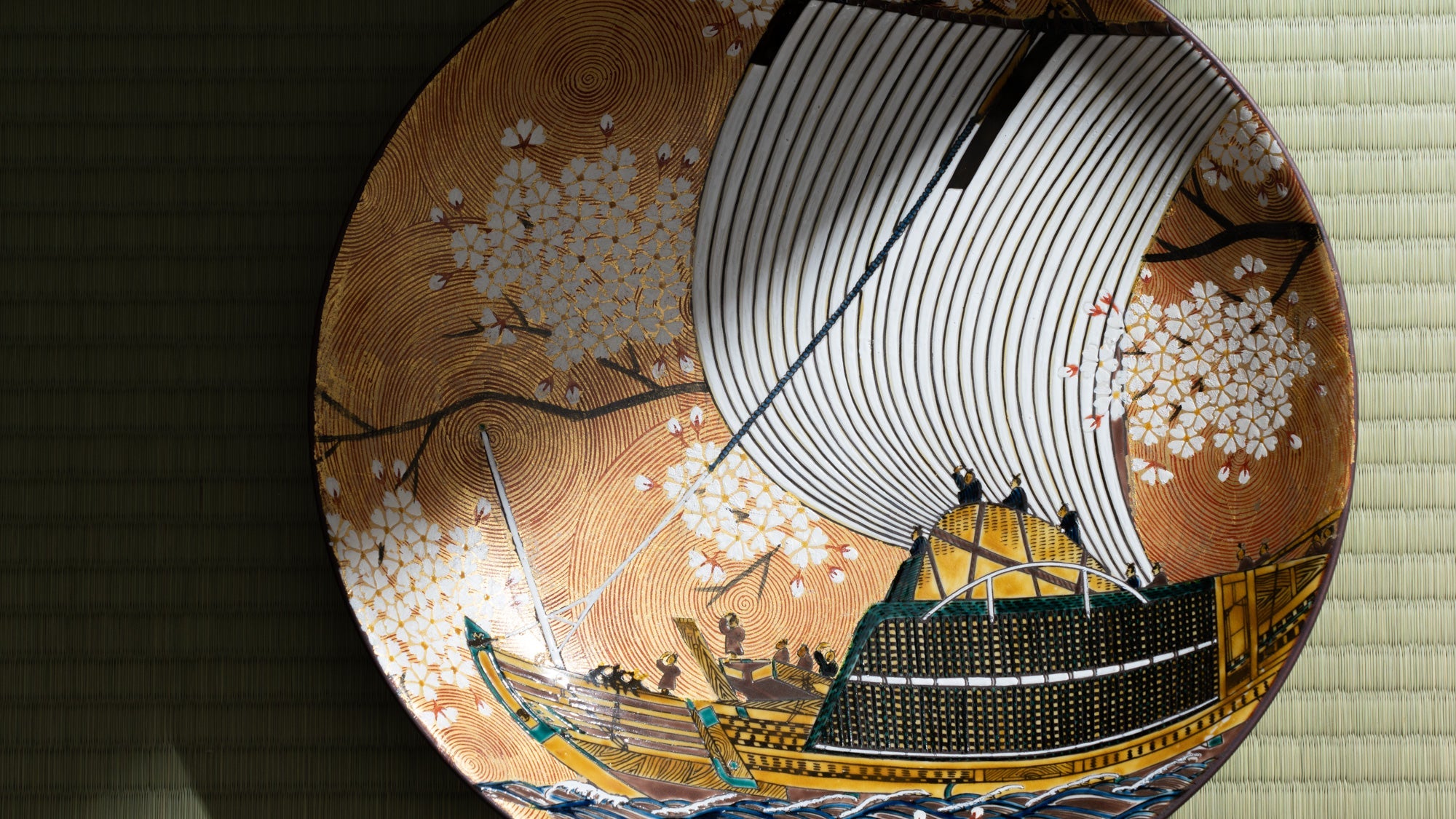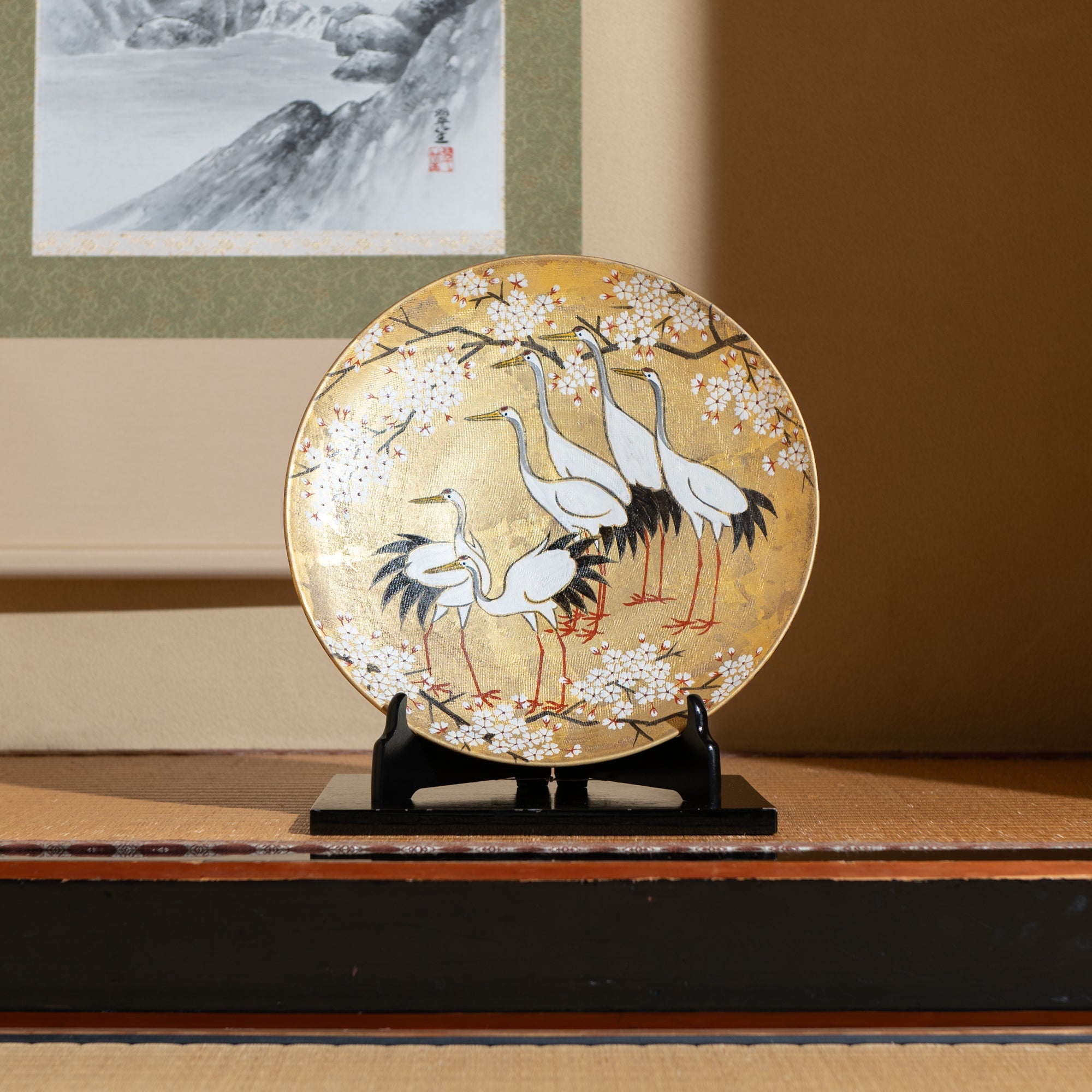
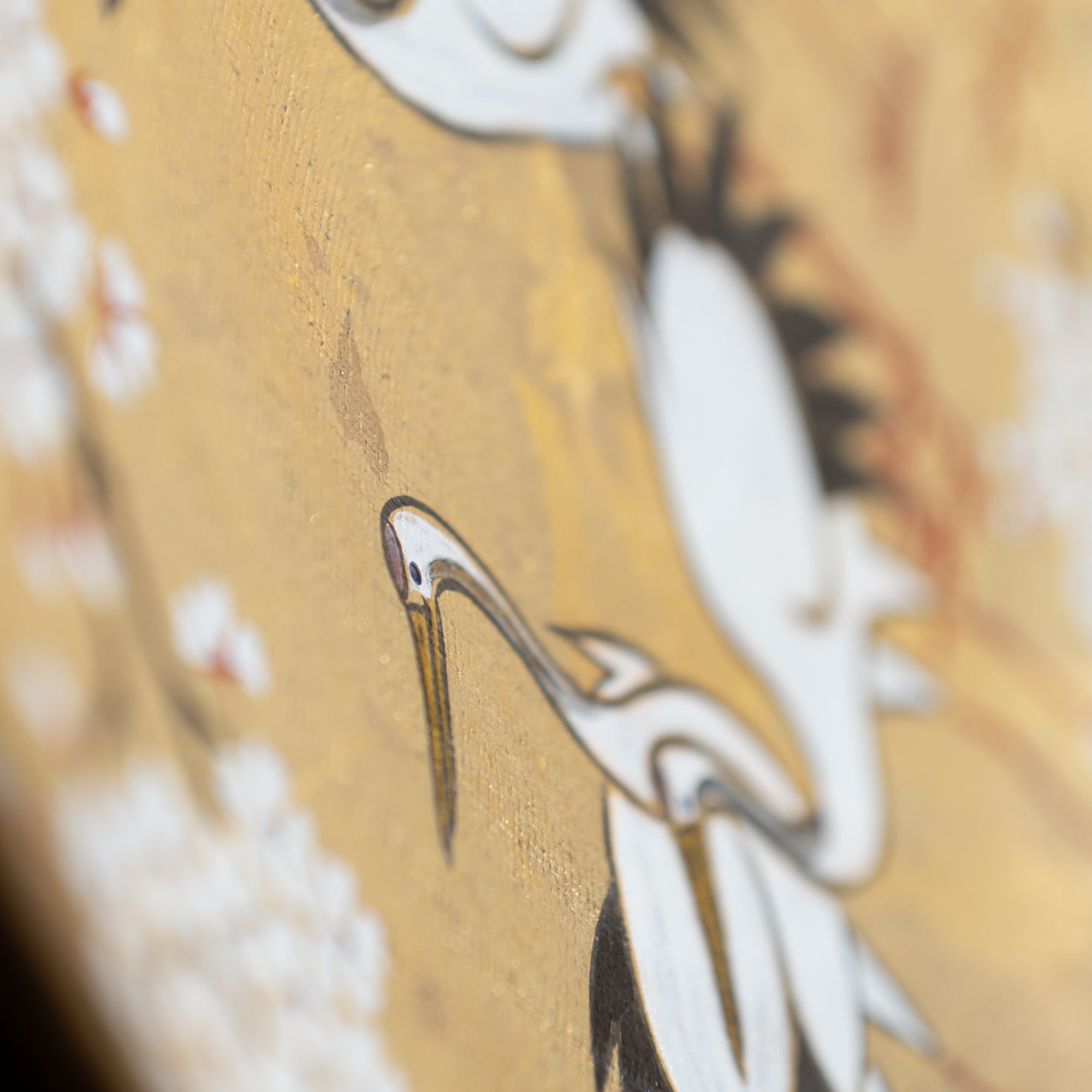
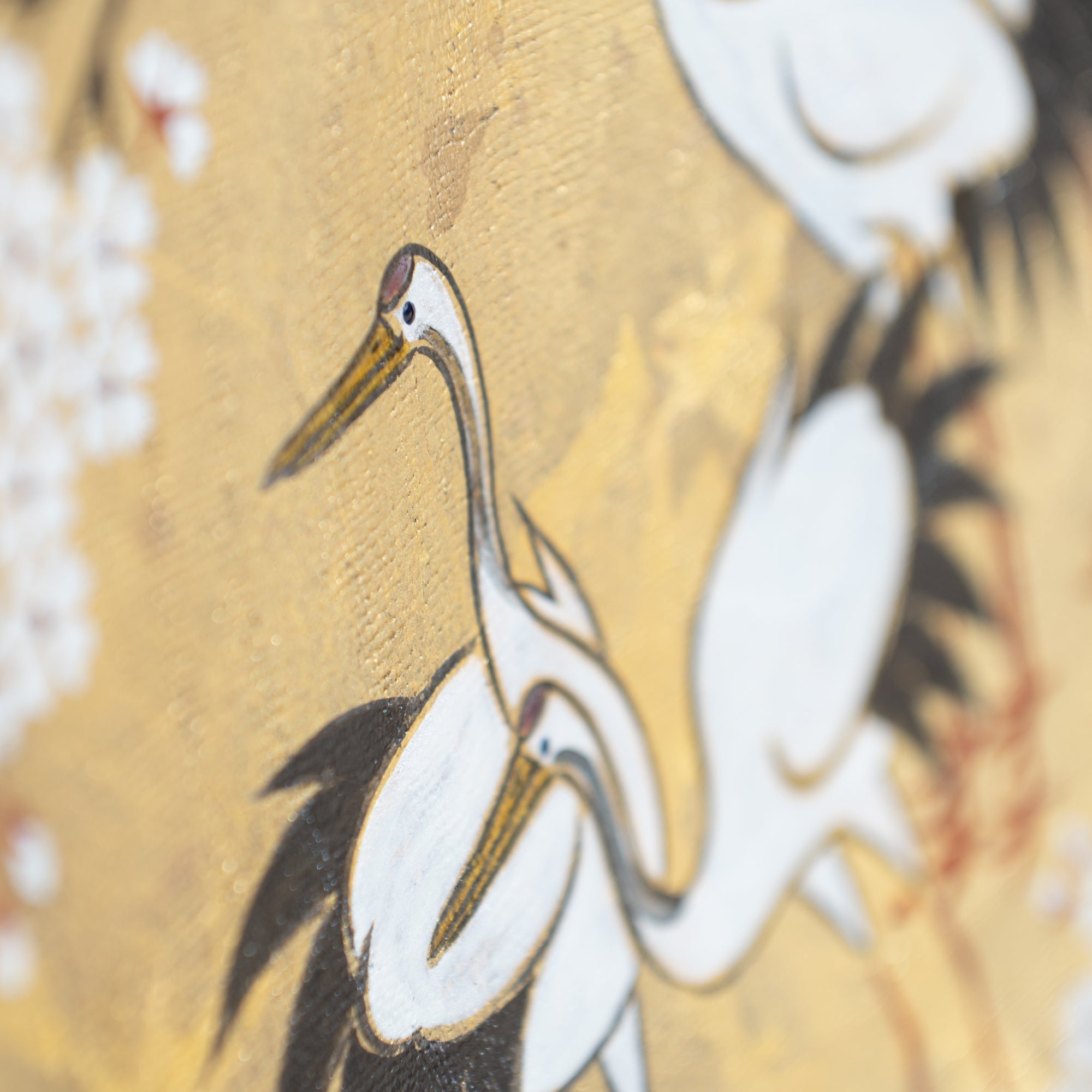
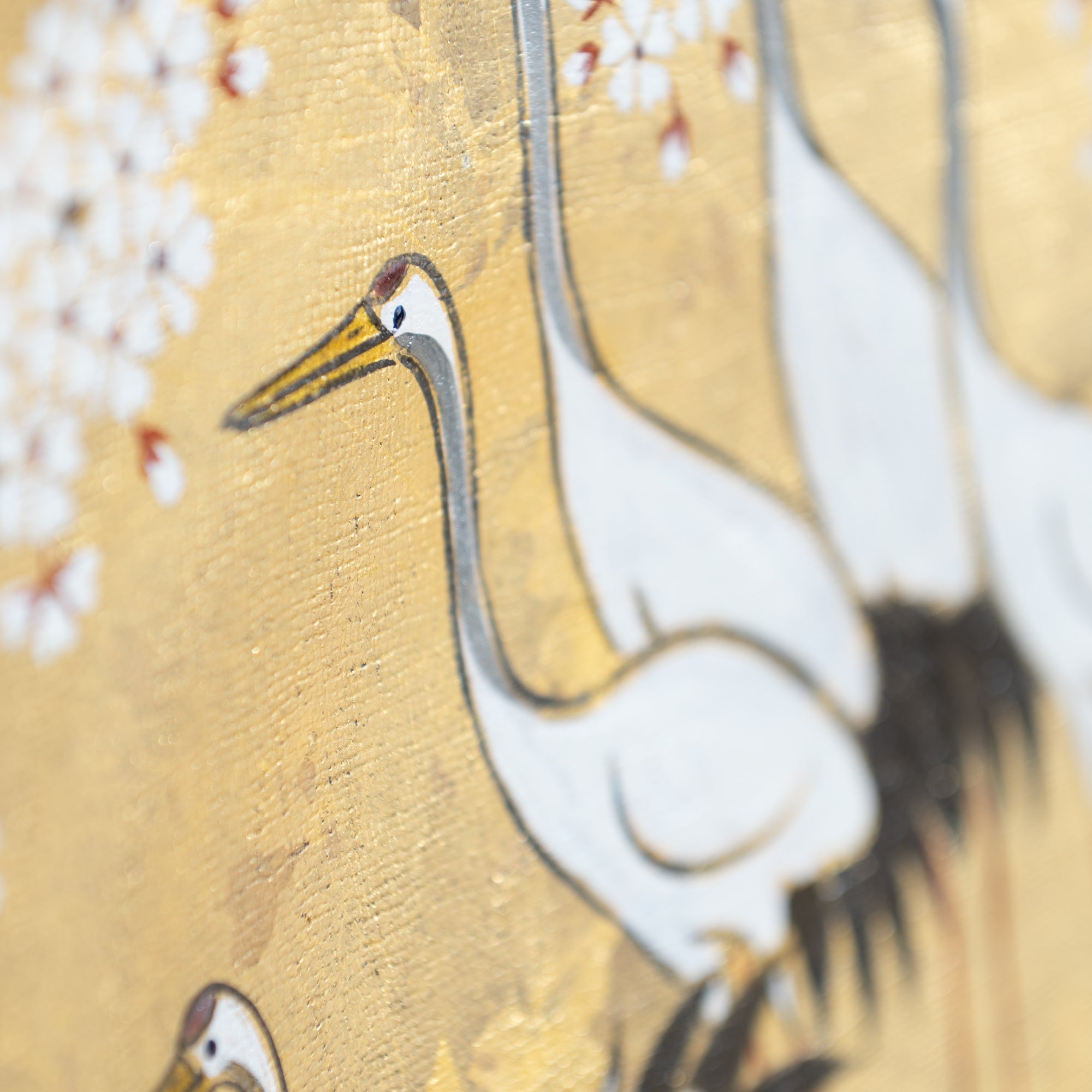
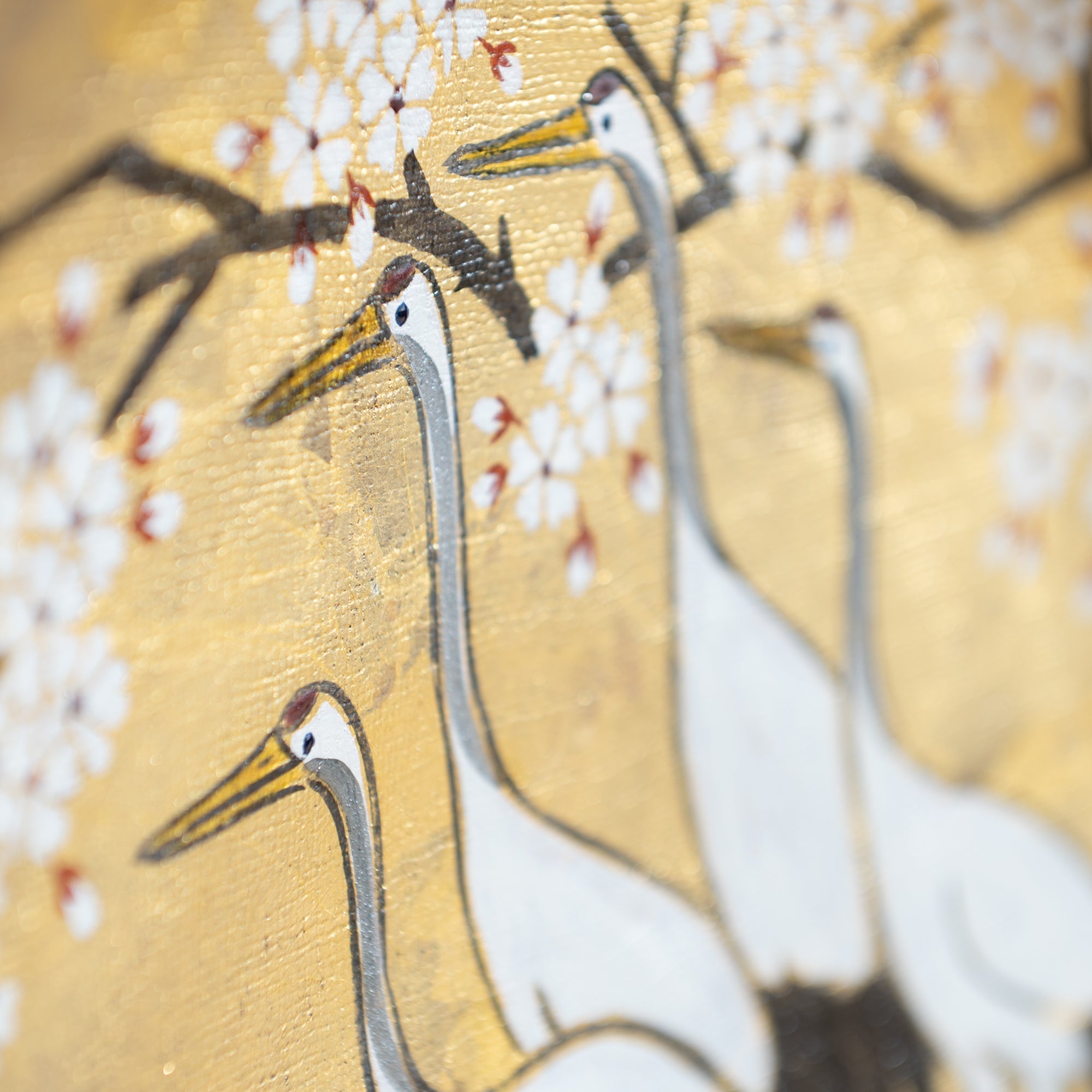
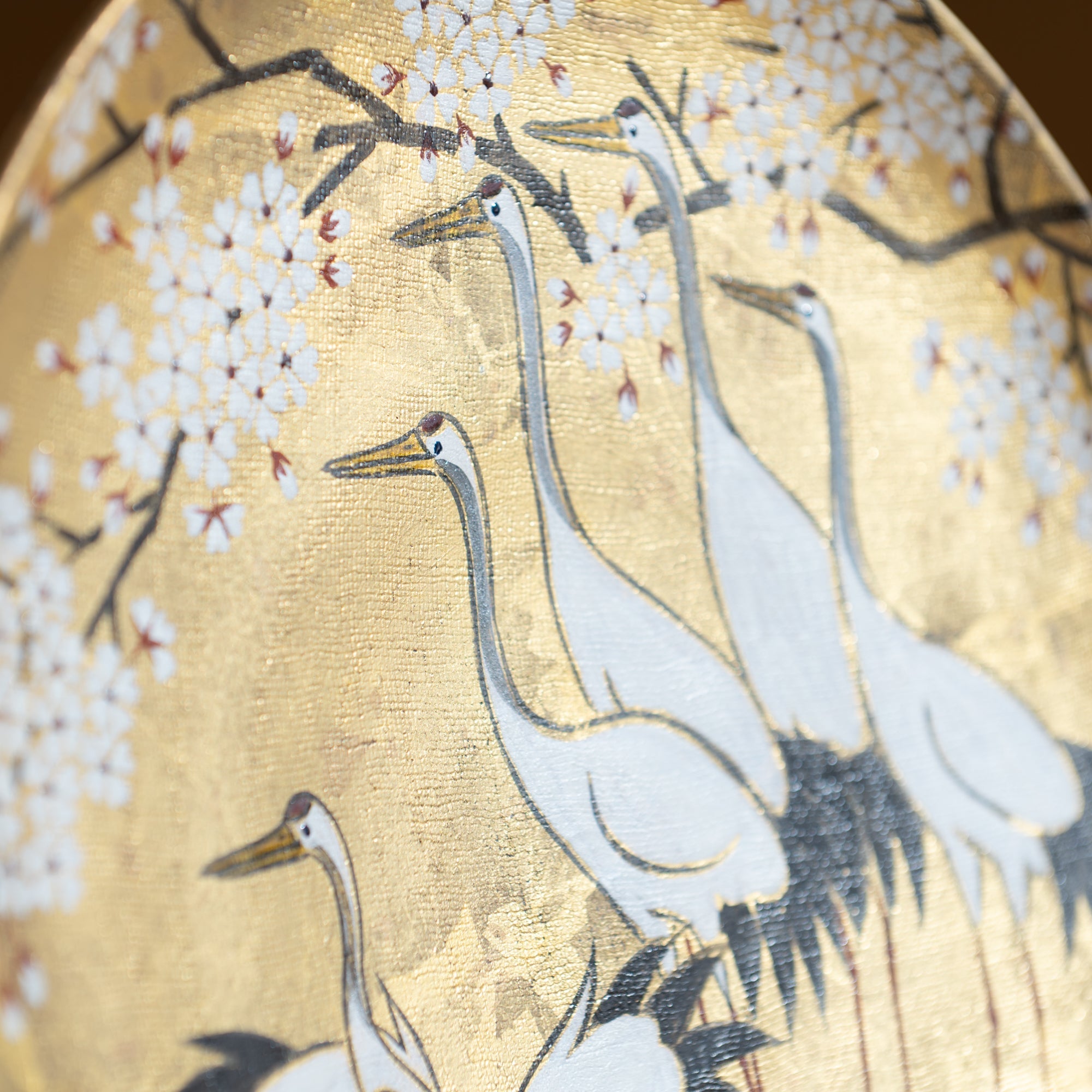
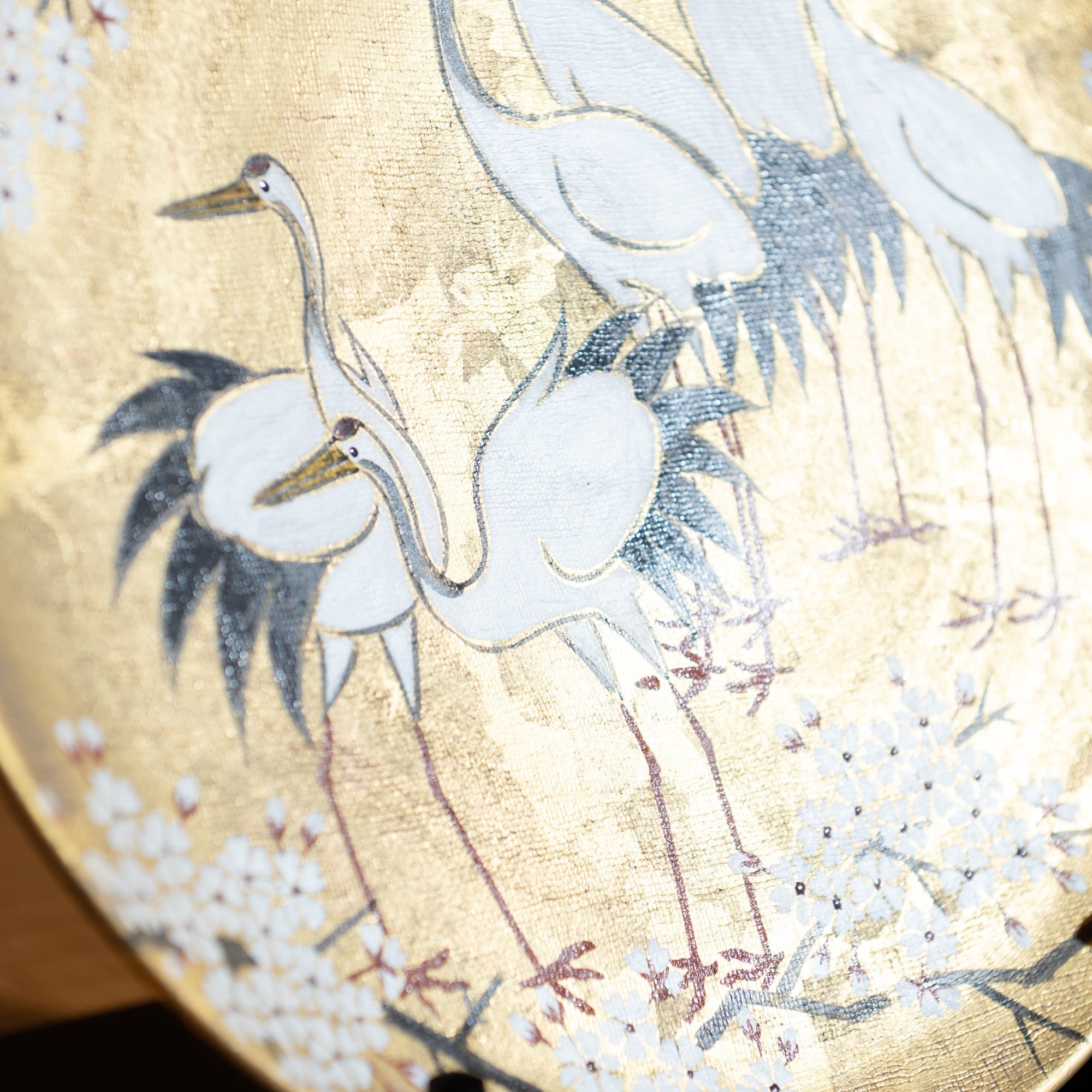
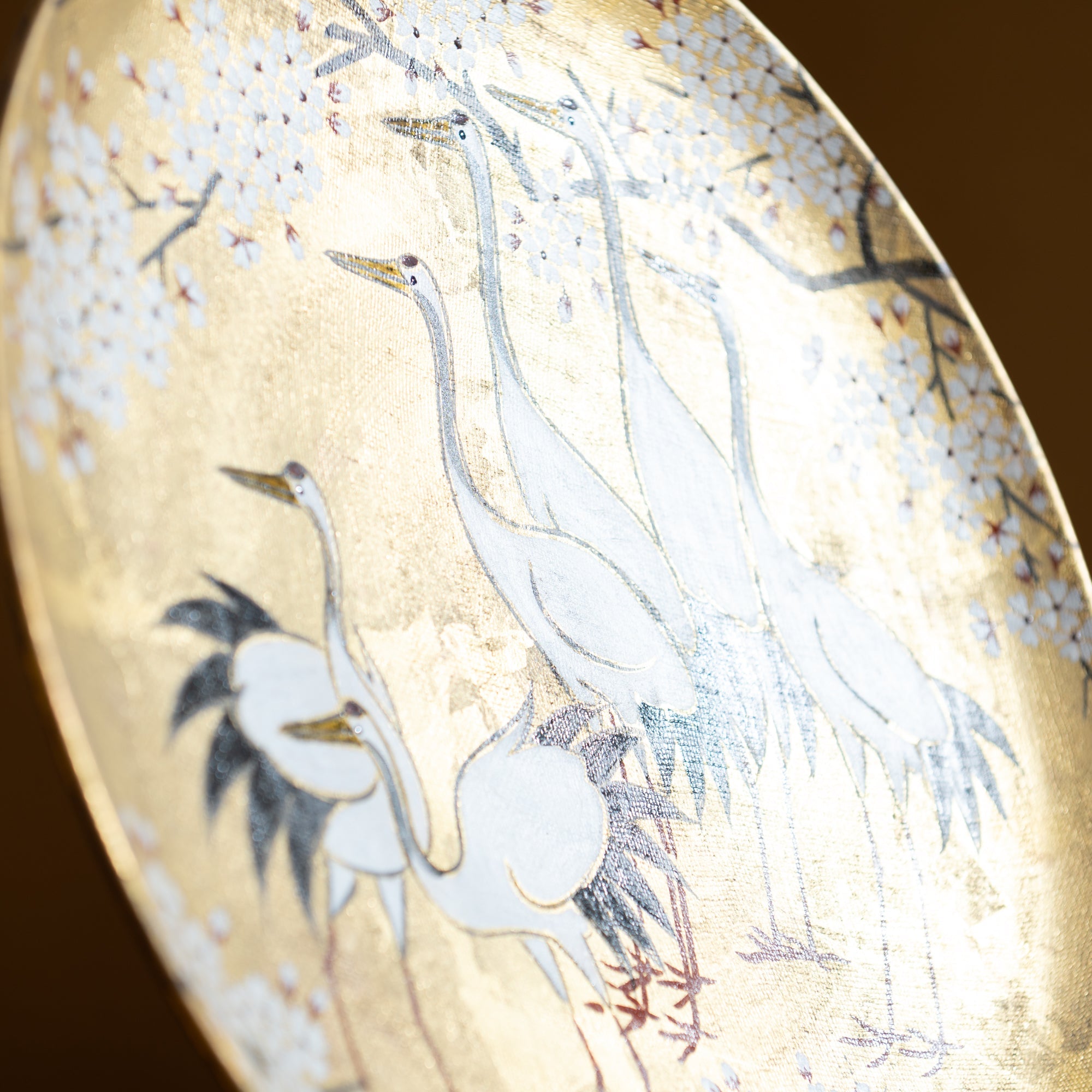
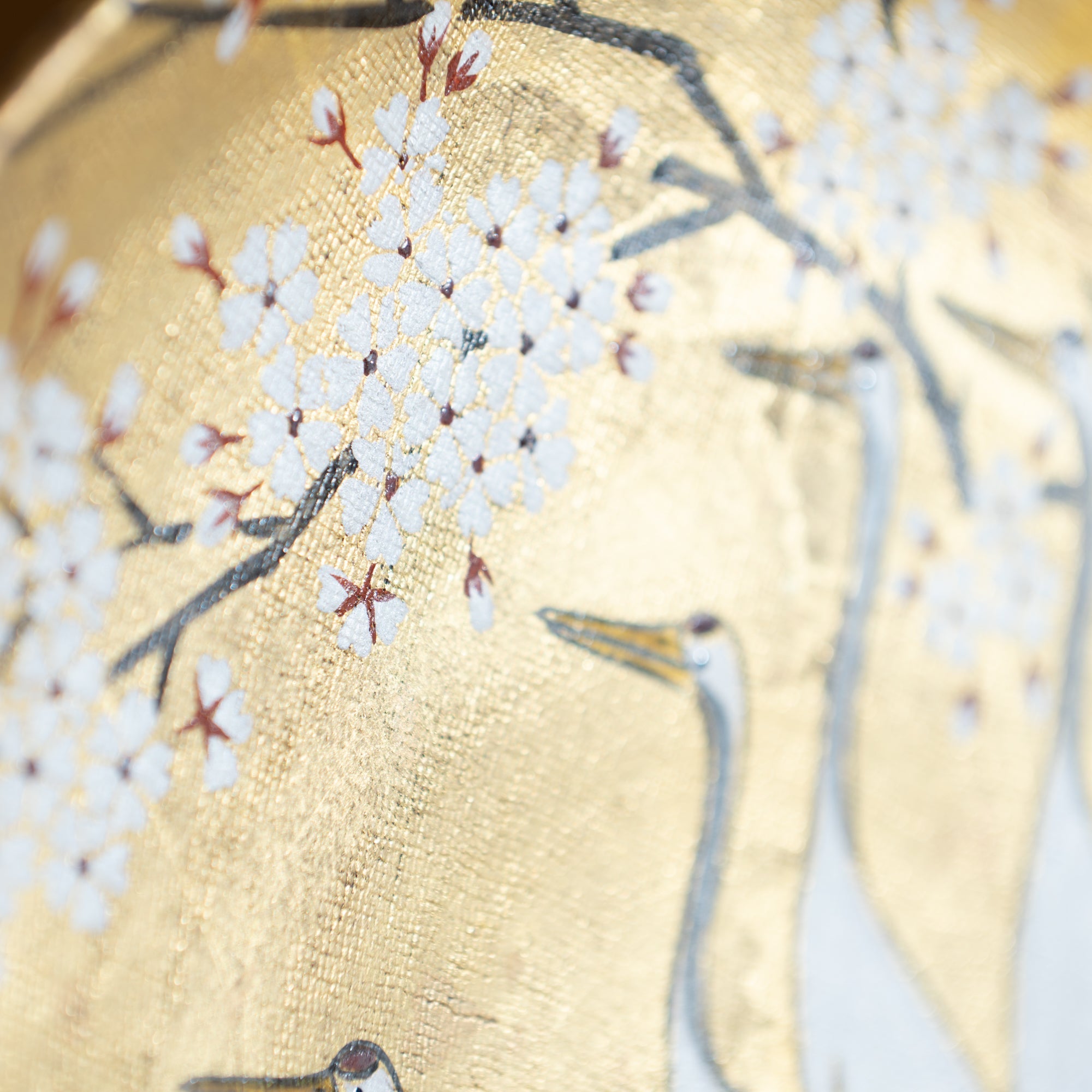
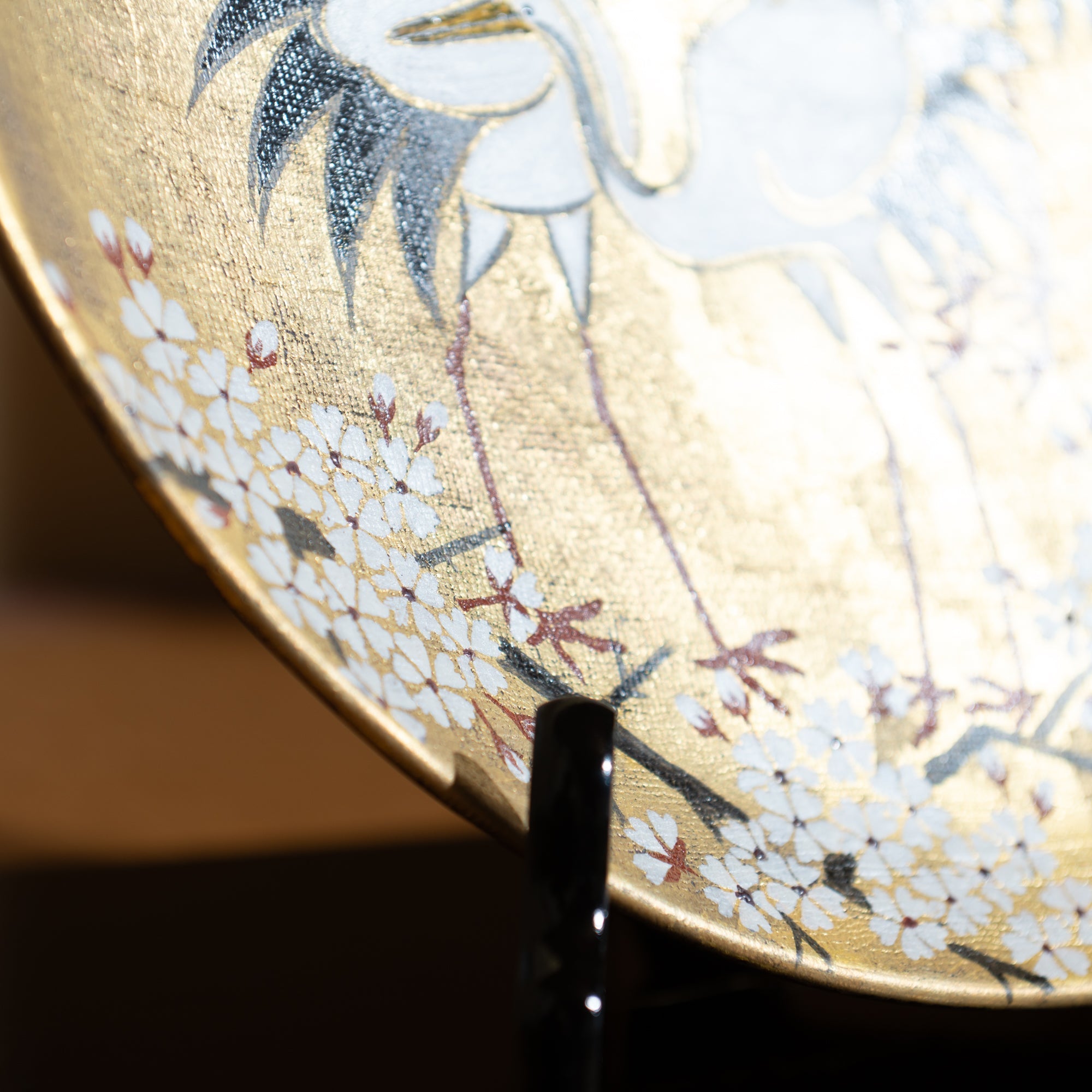
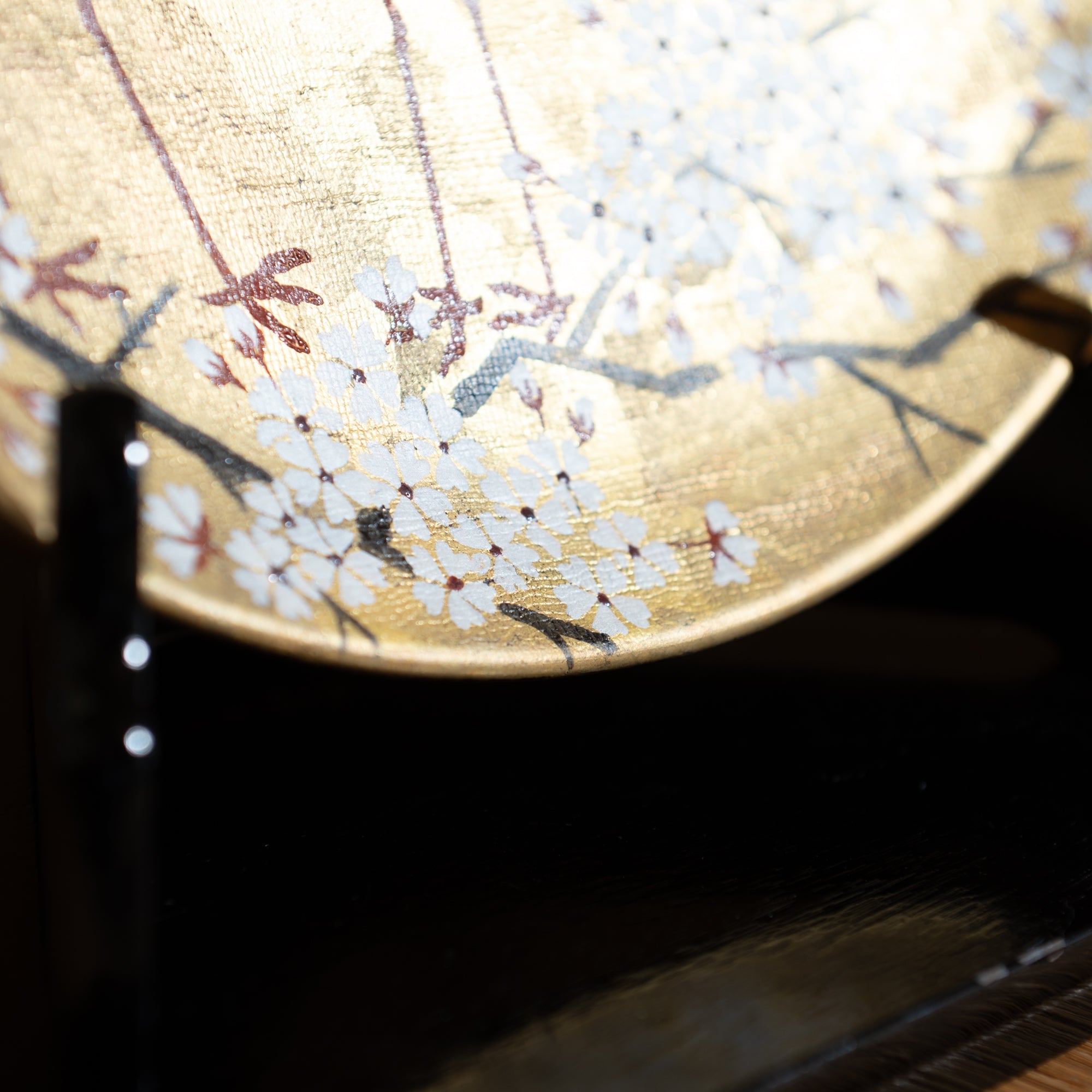
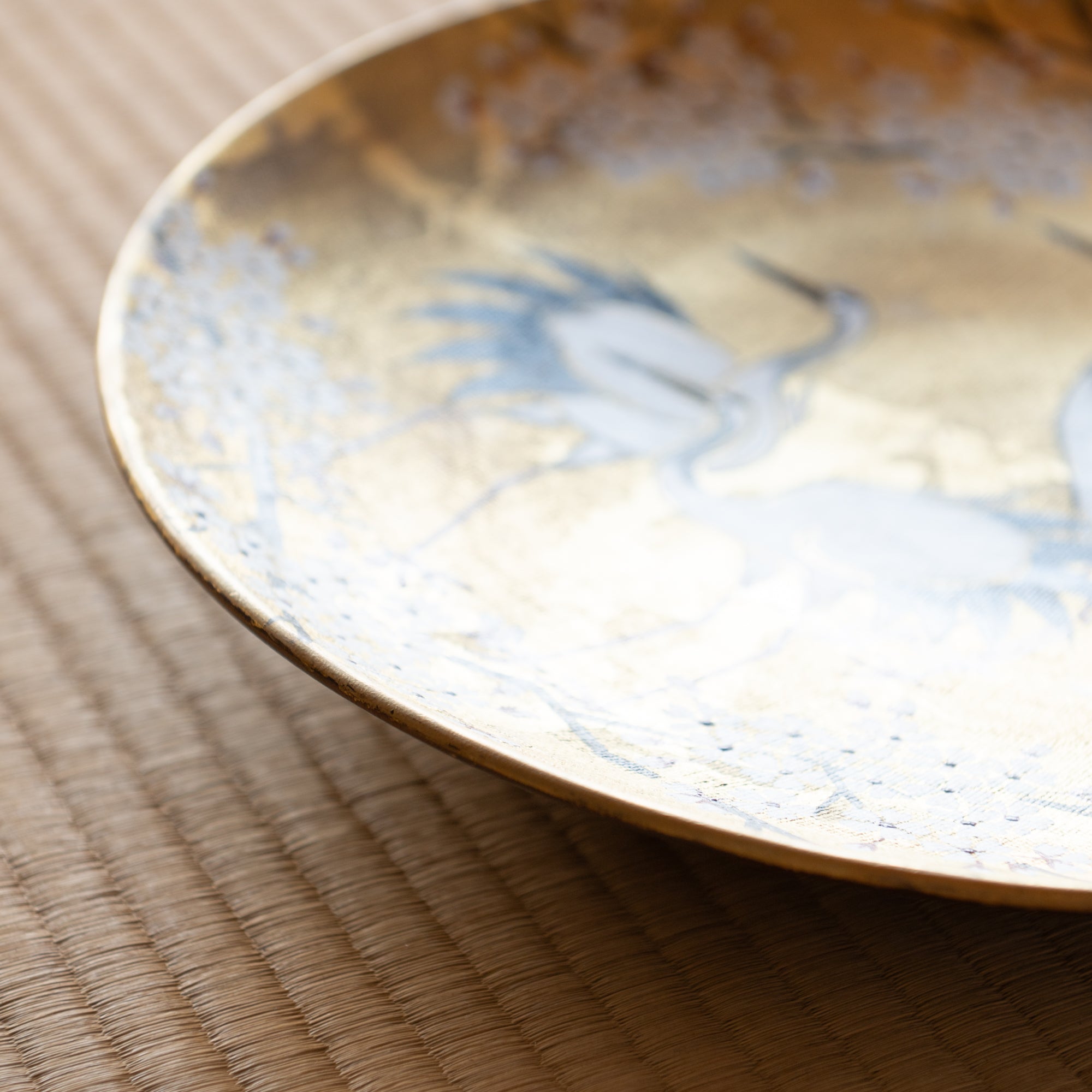
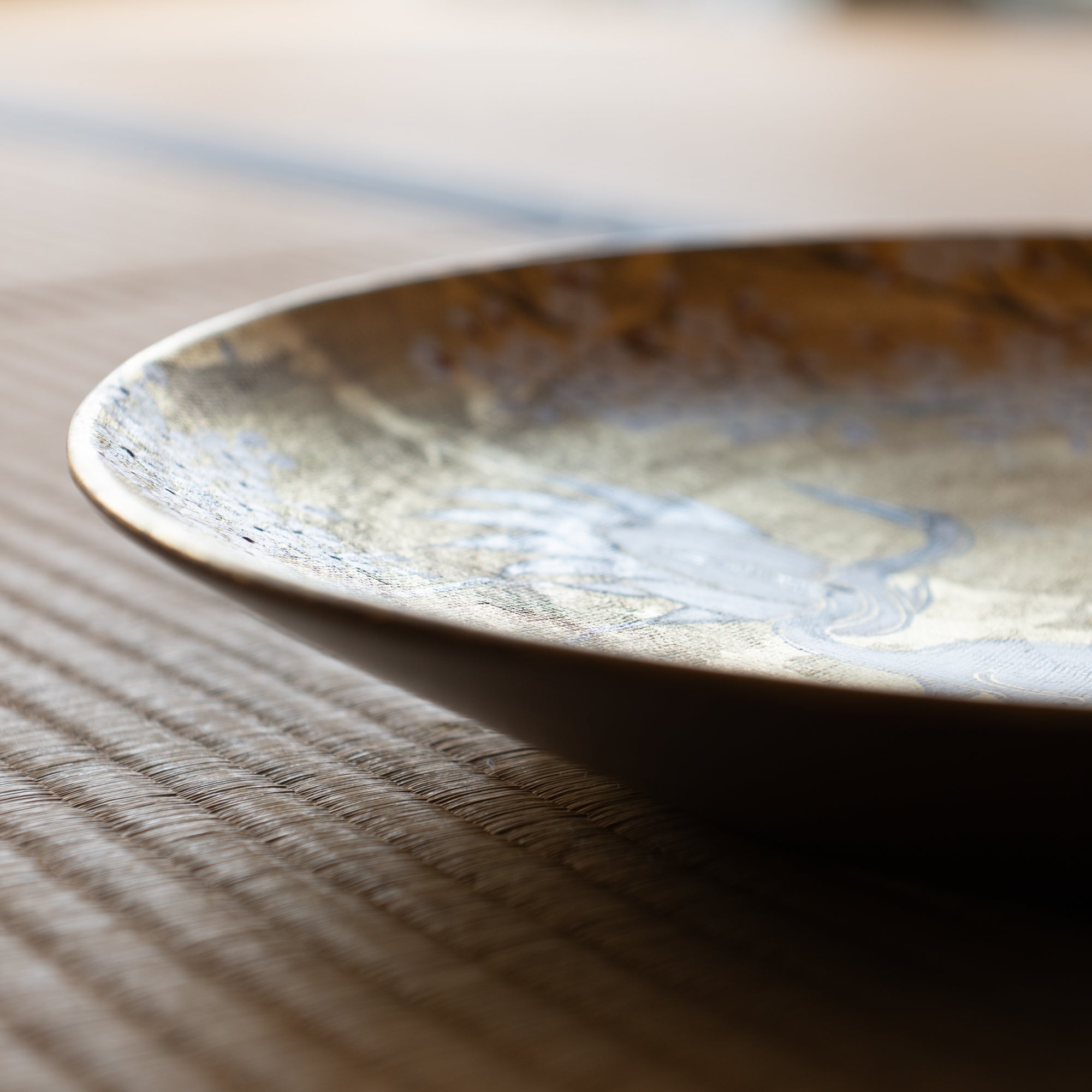
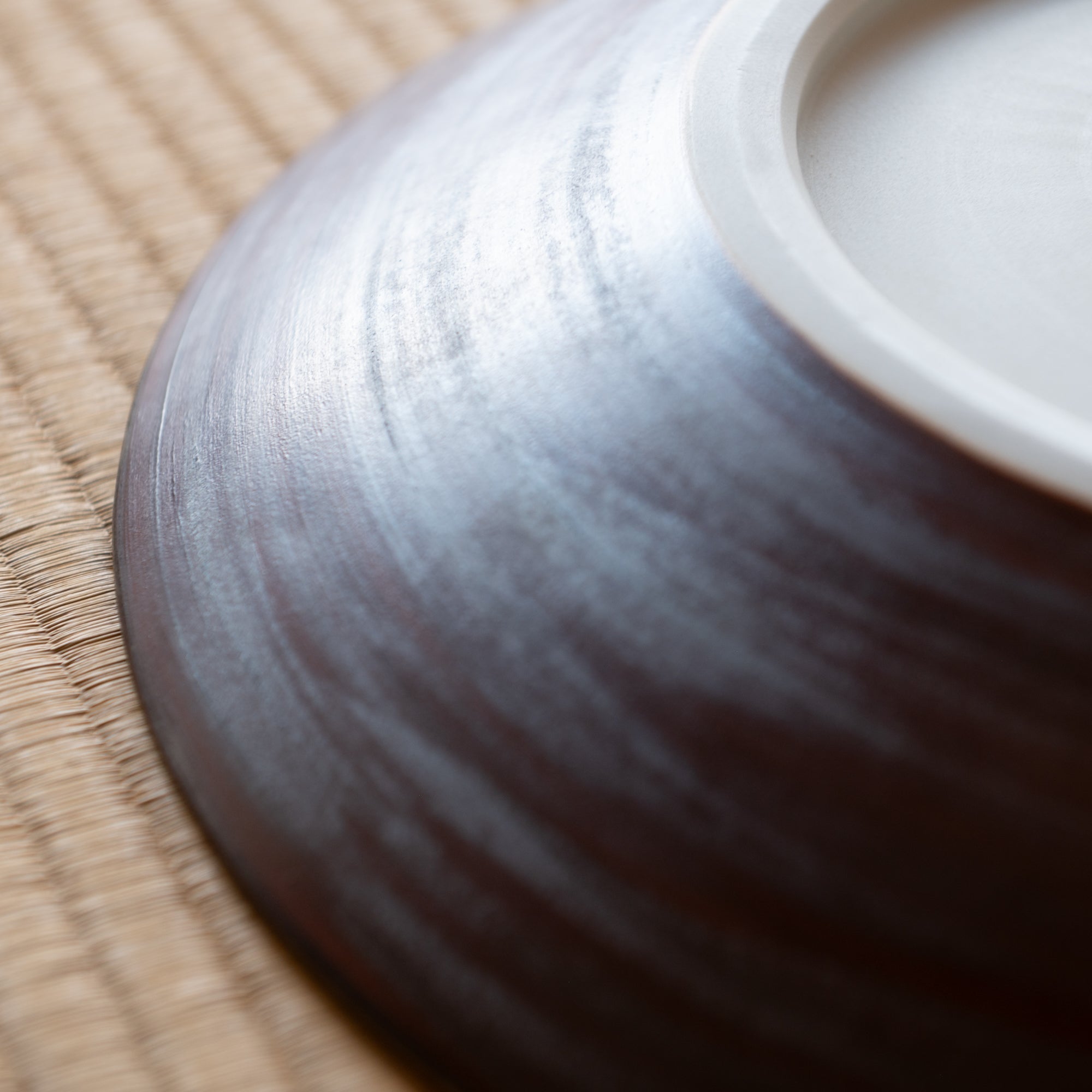
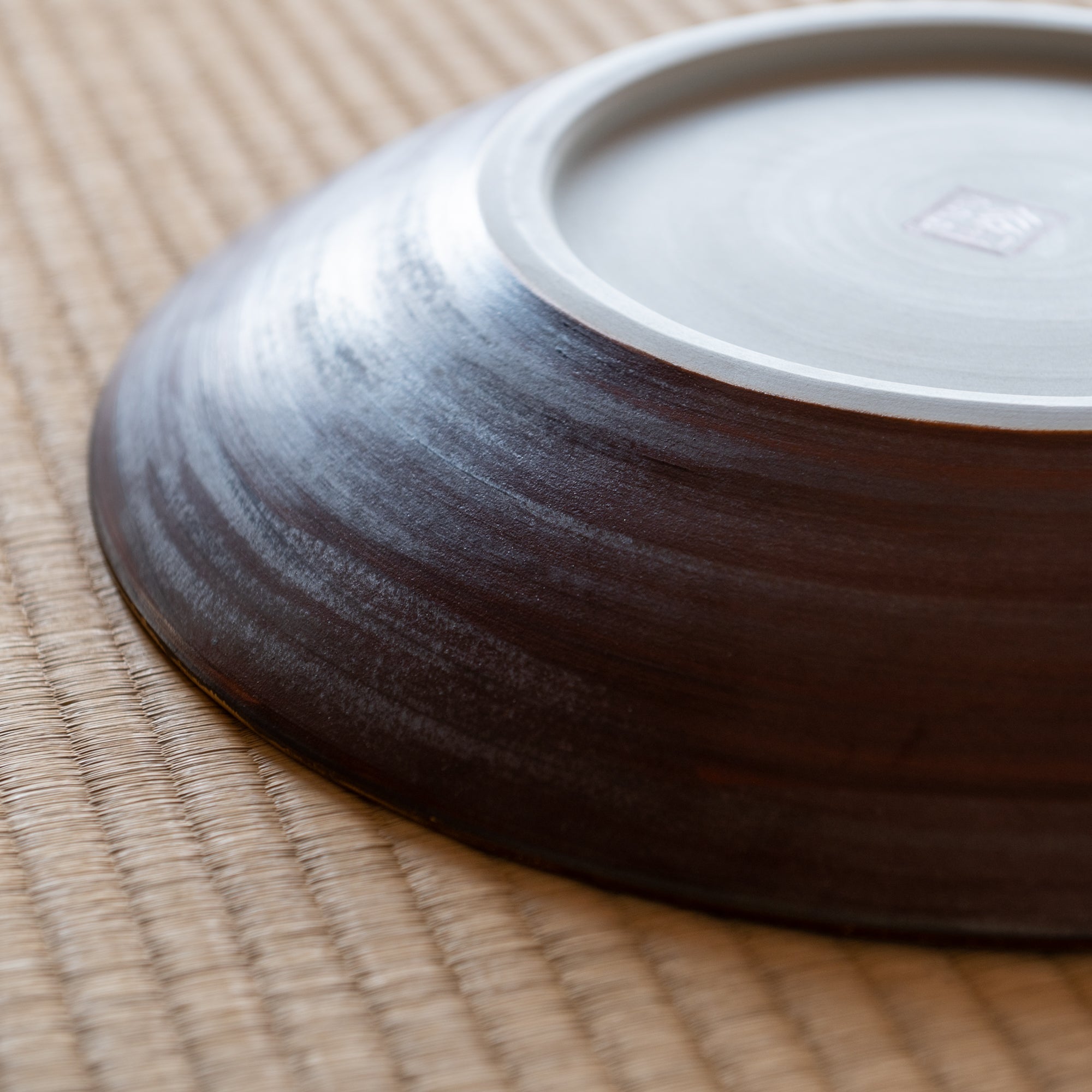
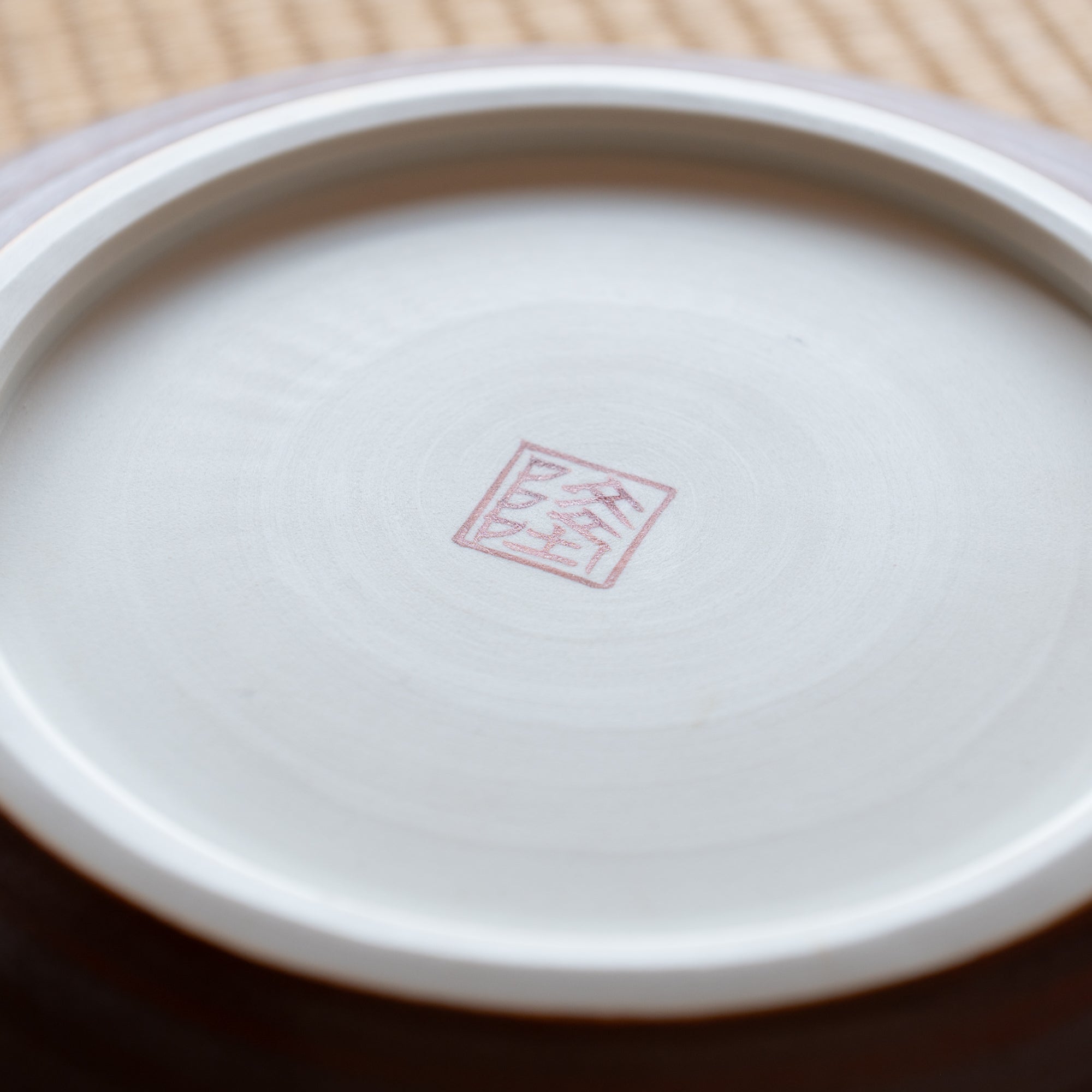
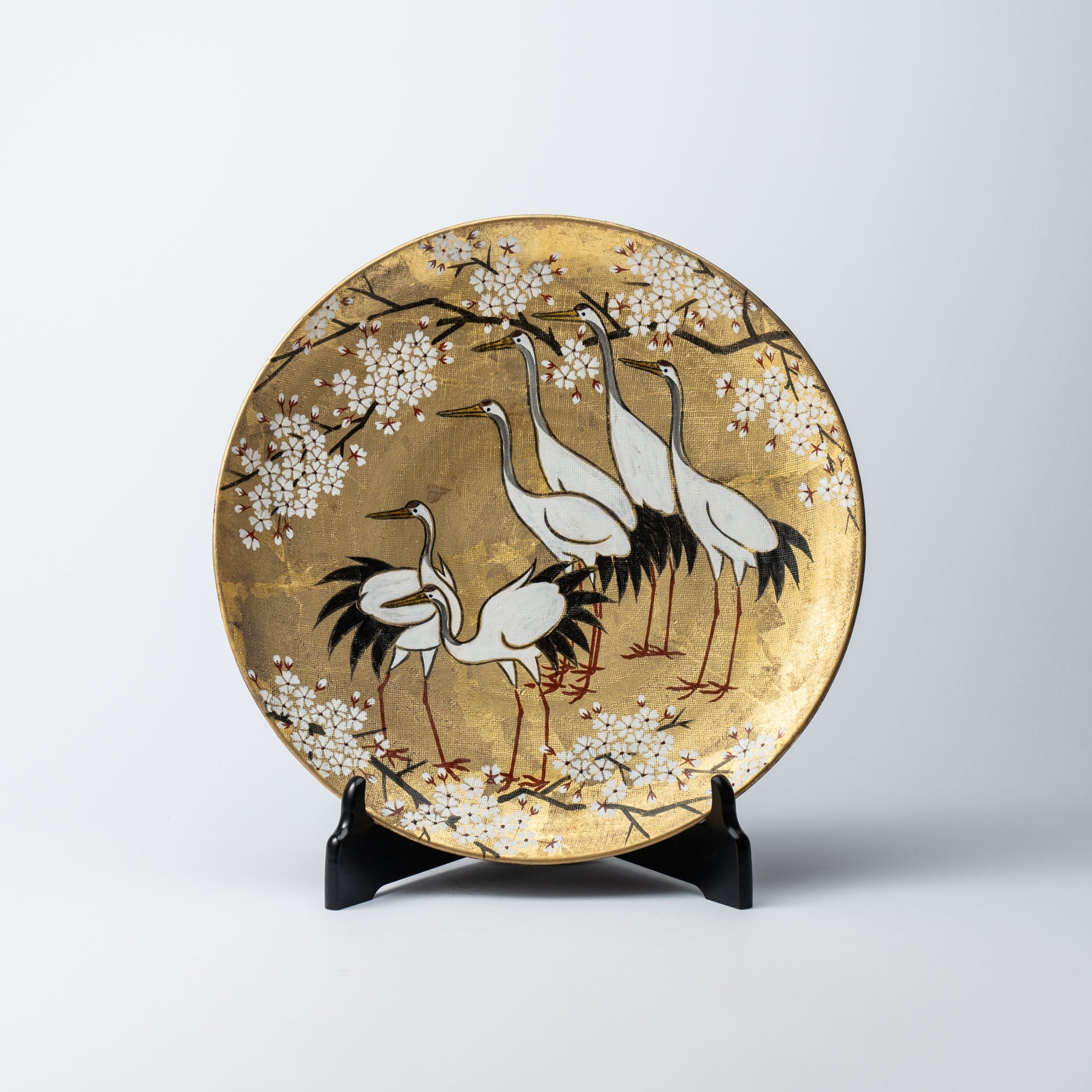
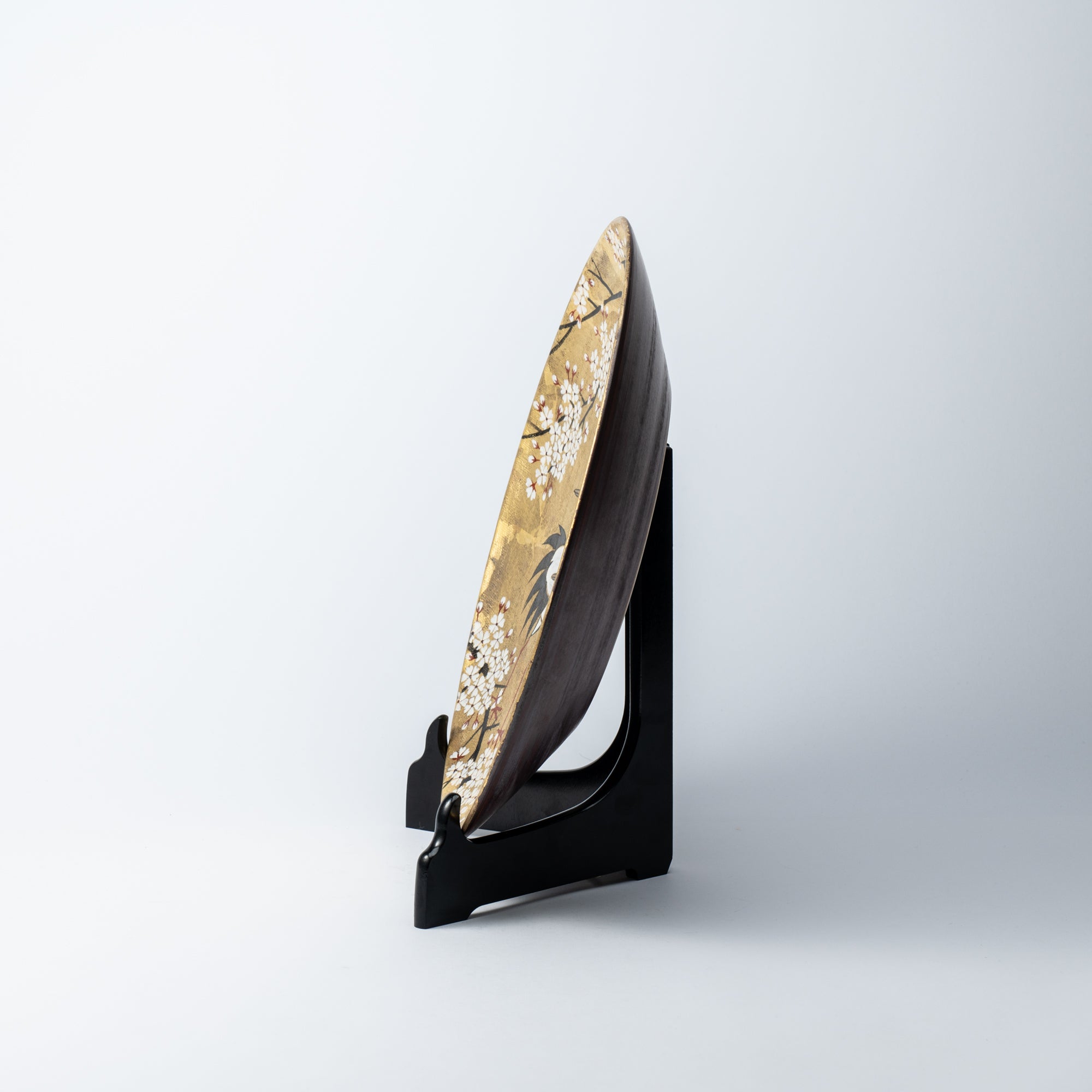
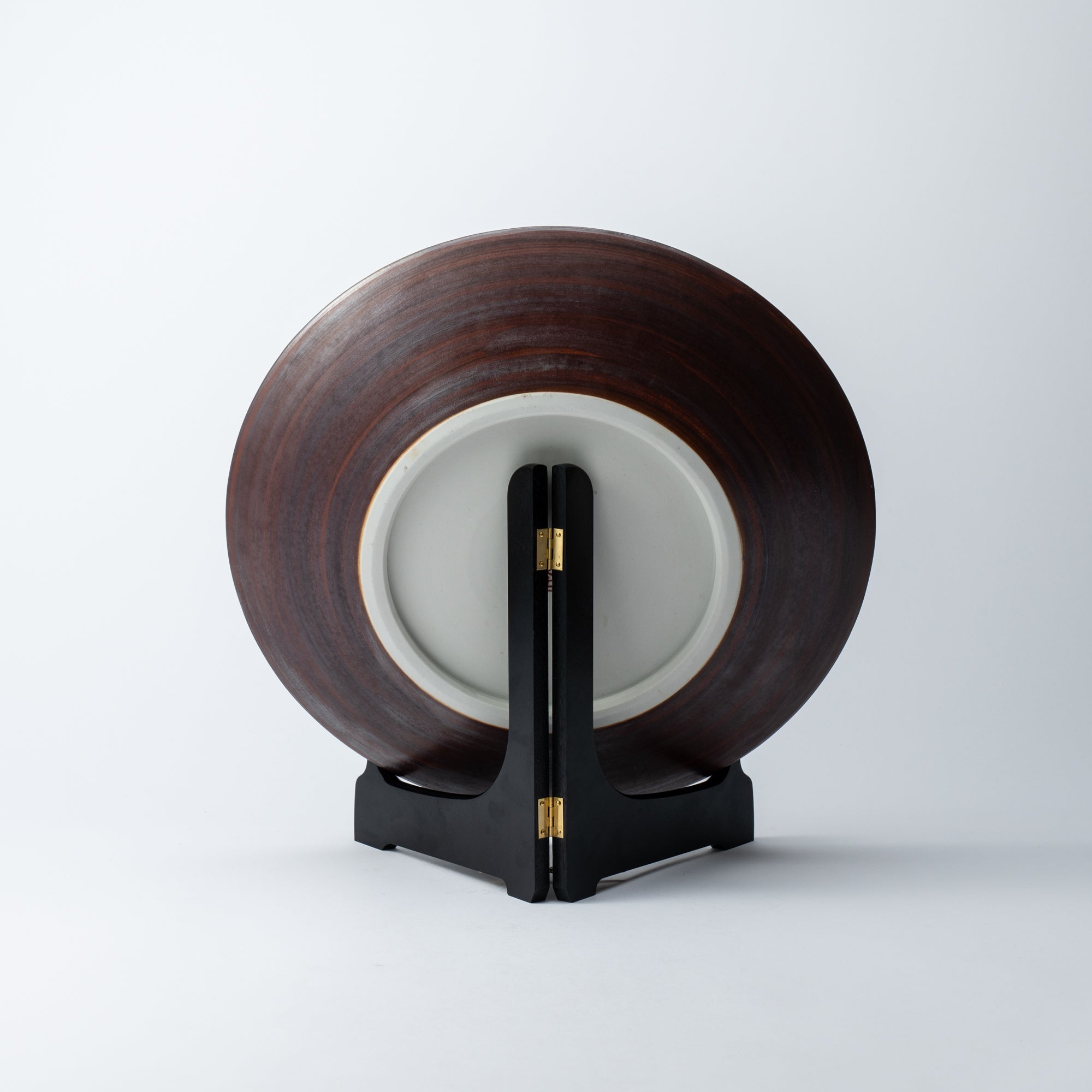
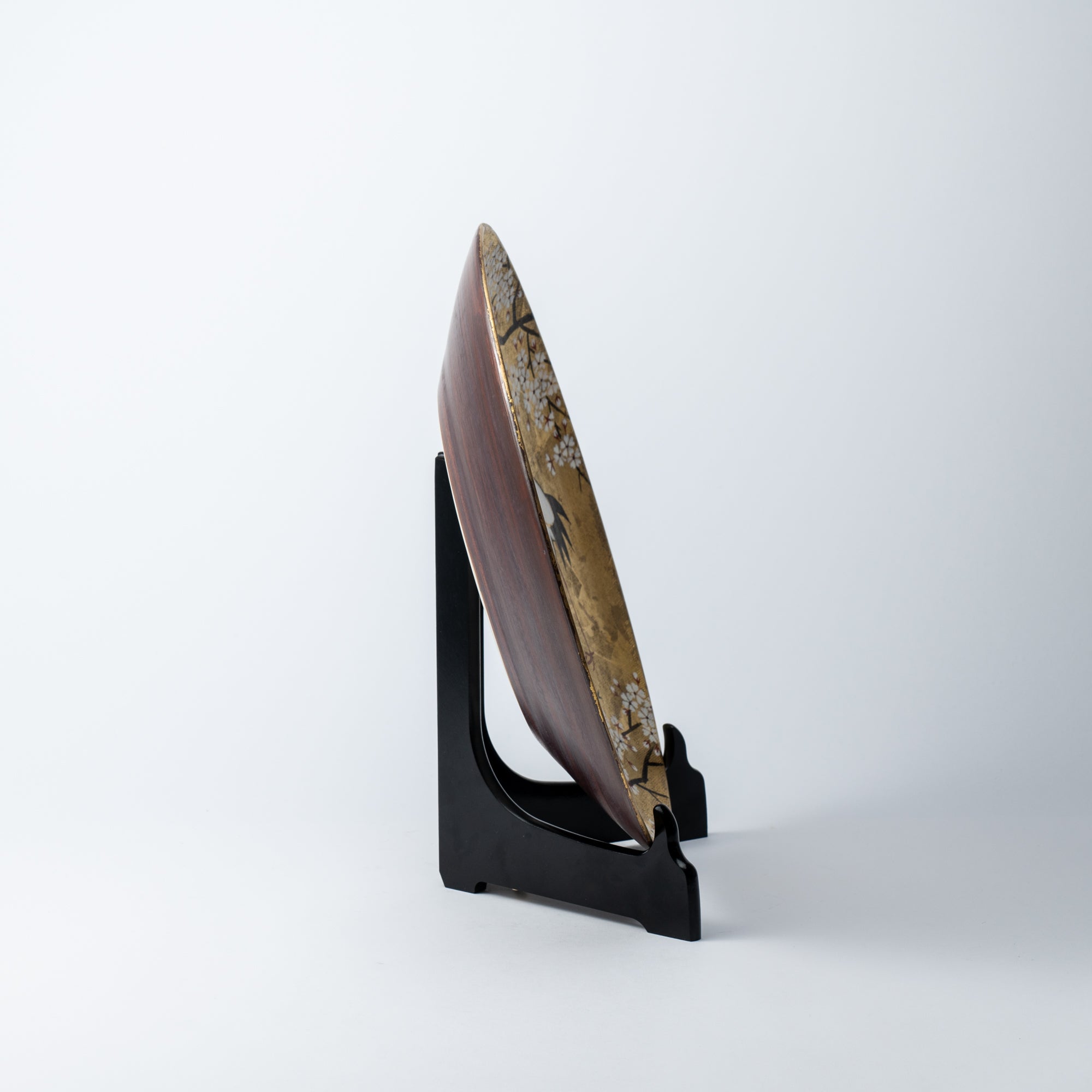
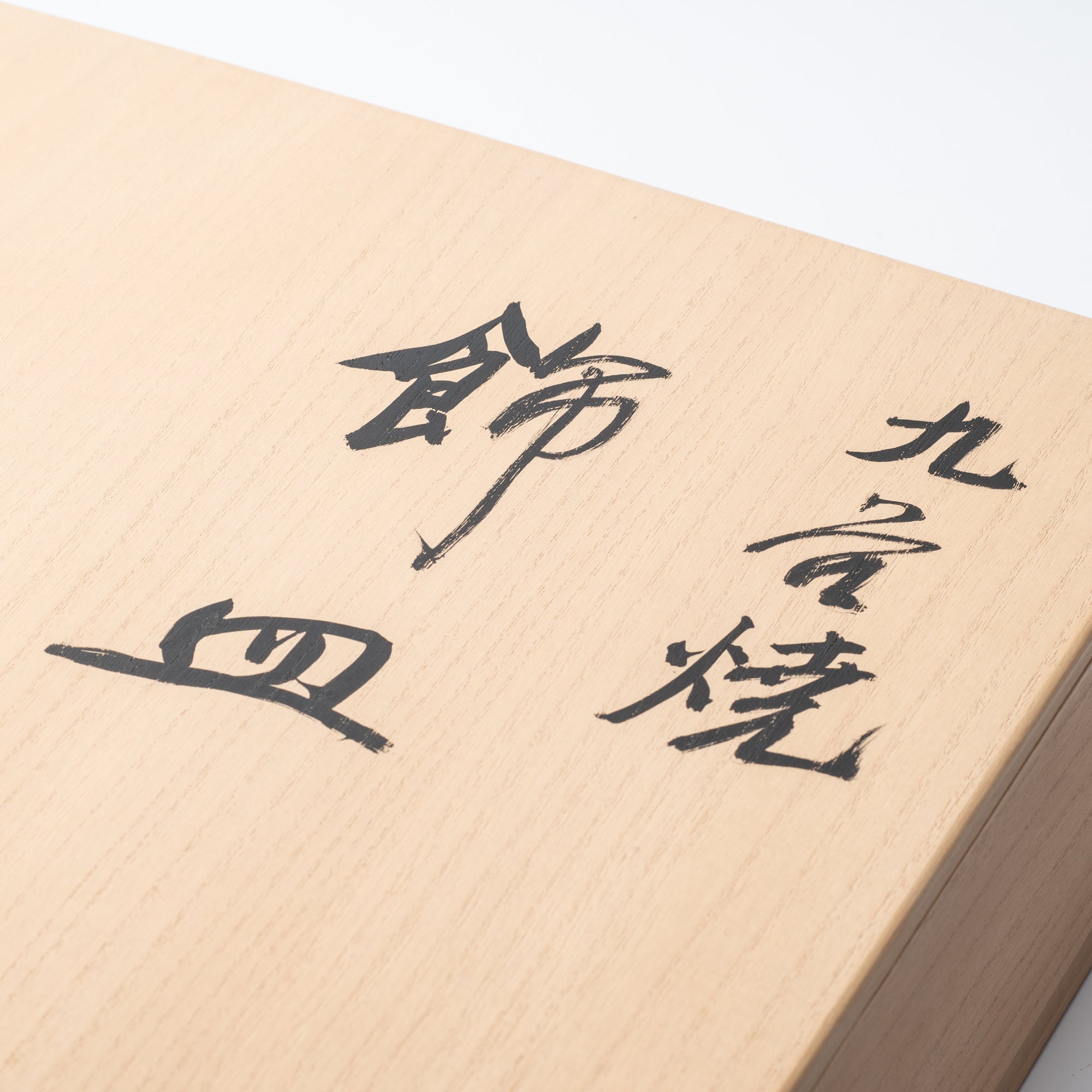
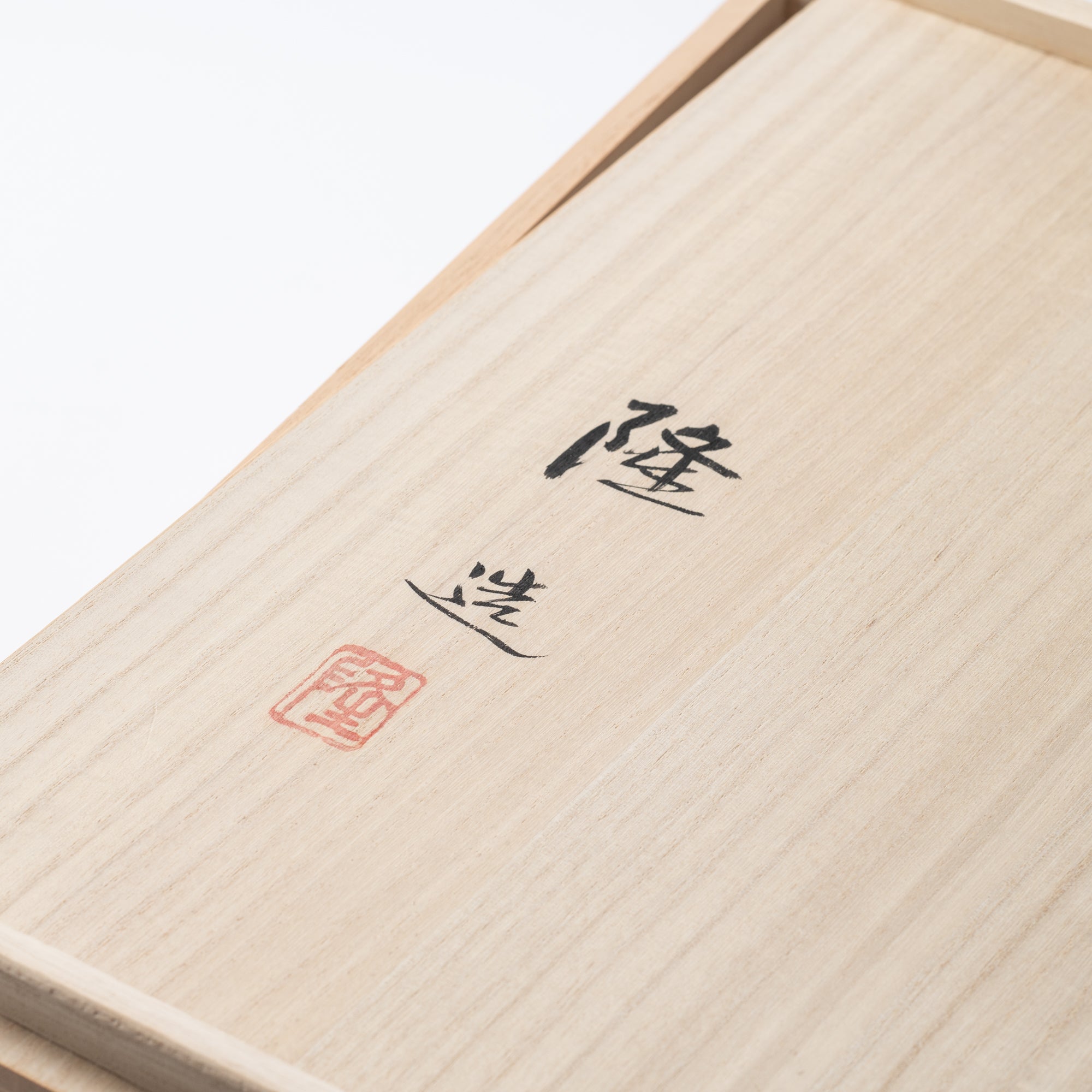
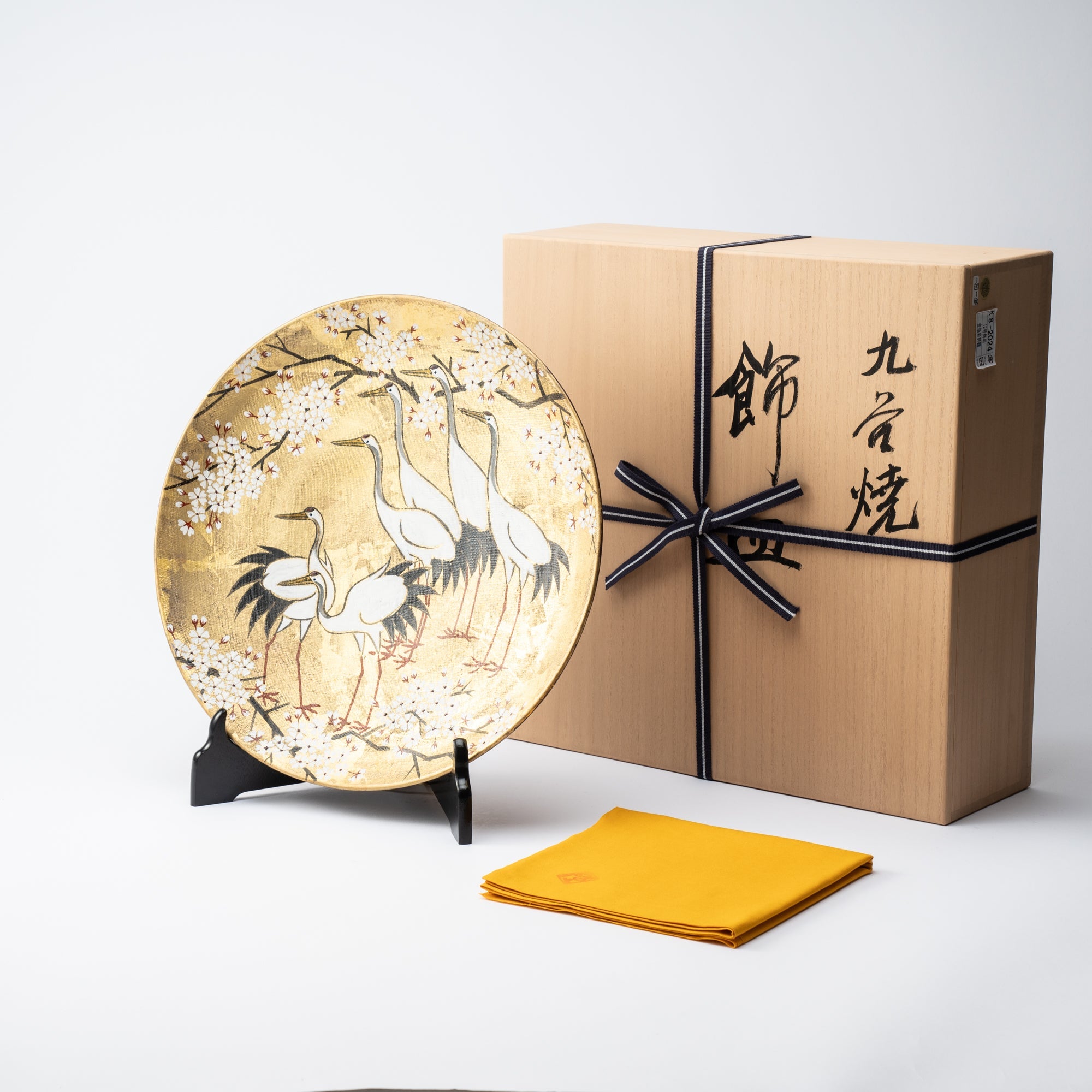
Nunome Gold Leaf Ornamental Plate
This ornamental plate is illustrated with fluid and skilled brushstrokes, depicting a group of cranes standing and gazing into the distance under blooming cherry blossoms. The surface employs the nunome technique, leaving a grain of fabric or cloth texture, enhancing the plate's visual and tactile quality. The background is covered in gold leaf, giving the entire piece an elegant and noble radiance.
The word 鶴 "crane" was brought to Japan from ancient China, where the crane is considered a symbol of longevity and auspiciousness, believed to live for a thousand years. In Japan, cranes not only symbolize longevity but also represent happiness and are considered sacred birds. They are often given as gifts at weddings, signifying a long and happy future together. This concept also spread to Japan, where cranes became particularly popular as decorative motifs among the nobility and samurai during the Heian period(794 CE-1185 CE). By the Edo period(1603 CE-1868 CE), crane paintings and embroideries had become fashionable among the common people as well.
One of the most captivating aspects of Kutani ware is its vibrant colors. The artist, Kitamura Takashi, inspired by ko-Kutani ware, employs his research and color-mixing techniques to create a vivid painting using the Kutani go-sai "five colors." Various forms of pink cherry blossoms and lifelike cranes come together to form an exceptionally beautiful scene.
Through this artwork, the artist conveys a sense of opulence and elegance. The meticulously crafted gold leaf background emits a gentle glow reminiscent of warm spring sunlight, while the adorable pink cherry blossoms combined with the auspicious cranes present a scene of prosperity and grandeur.
The gold leaf background reflects a soft, gentle light, which is not dazzling and beautifully highlights the elegance of the cherry blossoms and cranes. The black color on the surface, resembling brush strokes in an ink painting, comes from the iron-rust glaze visible beneath the gold leaf. This interplay of colors and textures imparts a profound sense of artistic beauty to the piece, captivating the viewer with its depth and complexity.
DES DÉTAILS
| Quantity | 1 |
| Size | D 35.5 cm (14 in) x H 5 cm (1.9 in) |
| Material | Stoneware |
| Package Type | Wooden box |
| Microwave | No |
| Dishwasher | No |
Fabricant / Marque
L'art de Kitamura Takashi capture l'esprit marin du Japon, célébrant la bravoure des kitamaebune navires marchands. En représentant leur départ plutôt que leur retour, il évoque des émotions profondes et symbolise le courage nécessaire à des voyages incertains. Son œuvre reflète la solennité et le romantisme de ces voyages maritimes, créant un récit noble de personnages partant à la découverte de l'avenir.
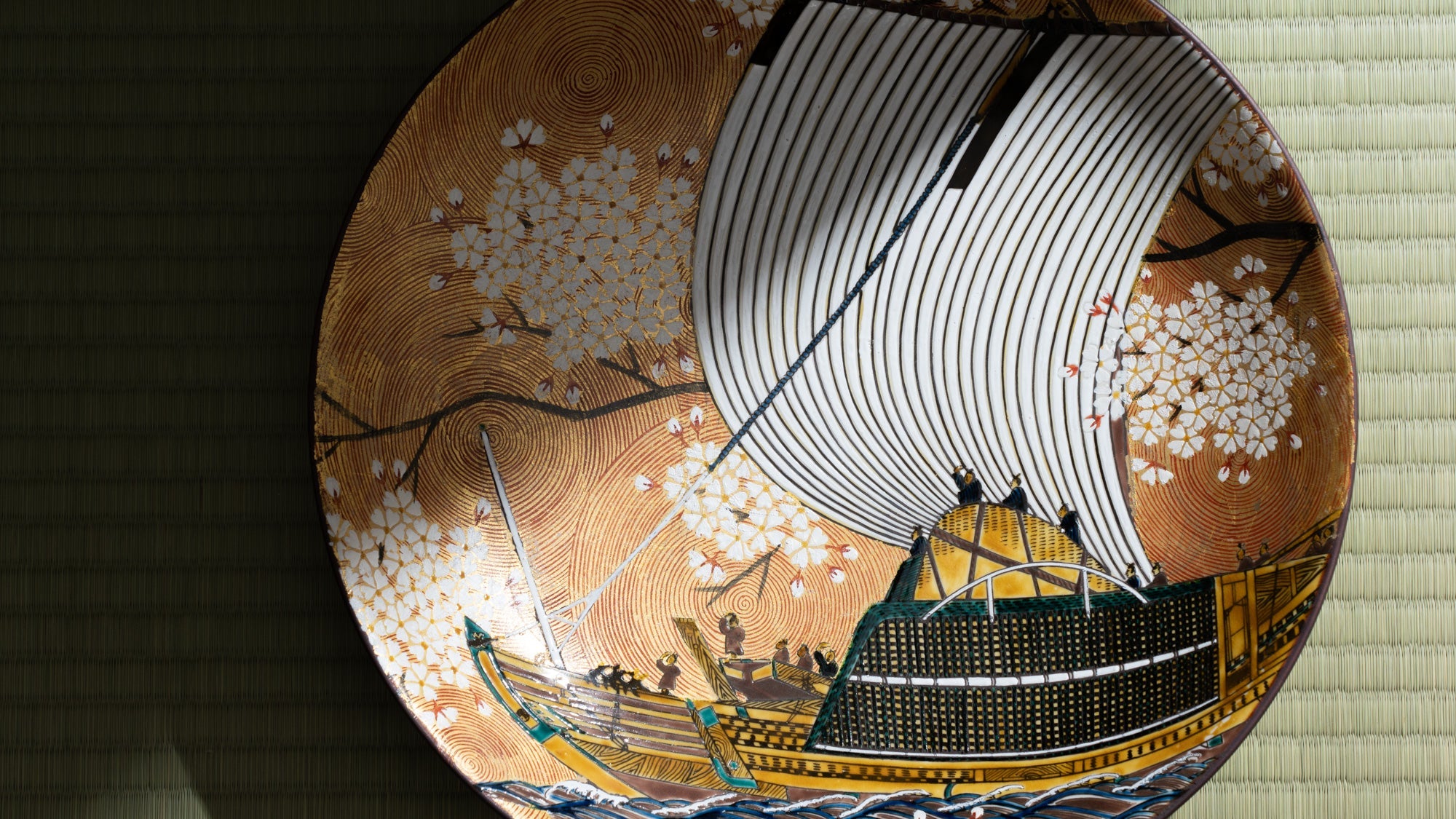
Artisanat
La céramique de Kutani est une poterie produite dans la région de Kaga, dans la préfecture d'Ishikawa, dont l'histoire remonte à plus de 350 ans. Elle se caractérise par l'éclat intense des cinq couleurs : bleu marine, rouge, violet, vert et jaune. qui s'appliquent aux lignes audacieuses et audacieuses. Sa longue histoire s'est développée grâce aux efforts inlassables et à l'enthousiasme de personnes qui ont recherché l'innovation tout en préservant la tradition.
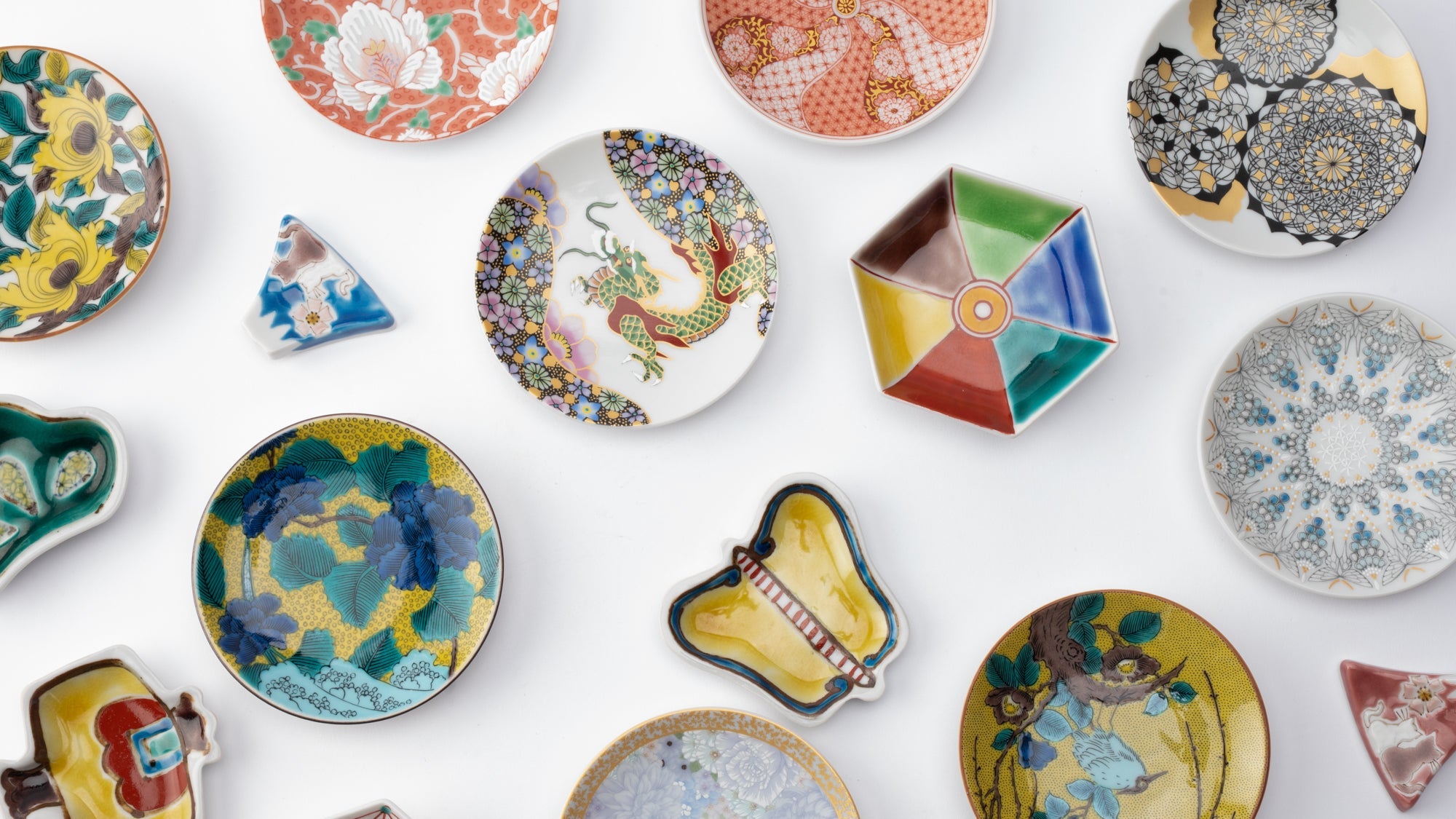
Choisir les options























About Artist
Takashi Kitamura
L'art de Kitamura Takashi capture l'esprit marin du Japon, célébrant la bravoure des kitamaebune navires marchands. En représentant leur départ plutôt que leur retour, il évoque des émotions profondes et symbolise le courage nécessaire à des voyages incertains. Son œuvre reflète la solennité et le romantisme de ces voyages maritimes, créant un récit noble de personnages partant à la découverte de l'avenir.
